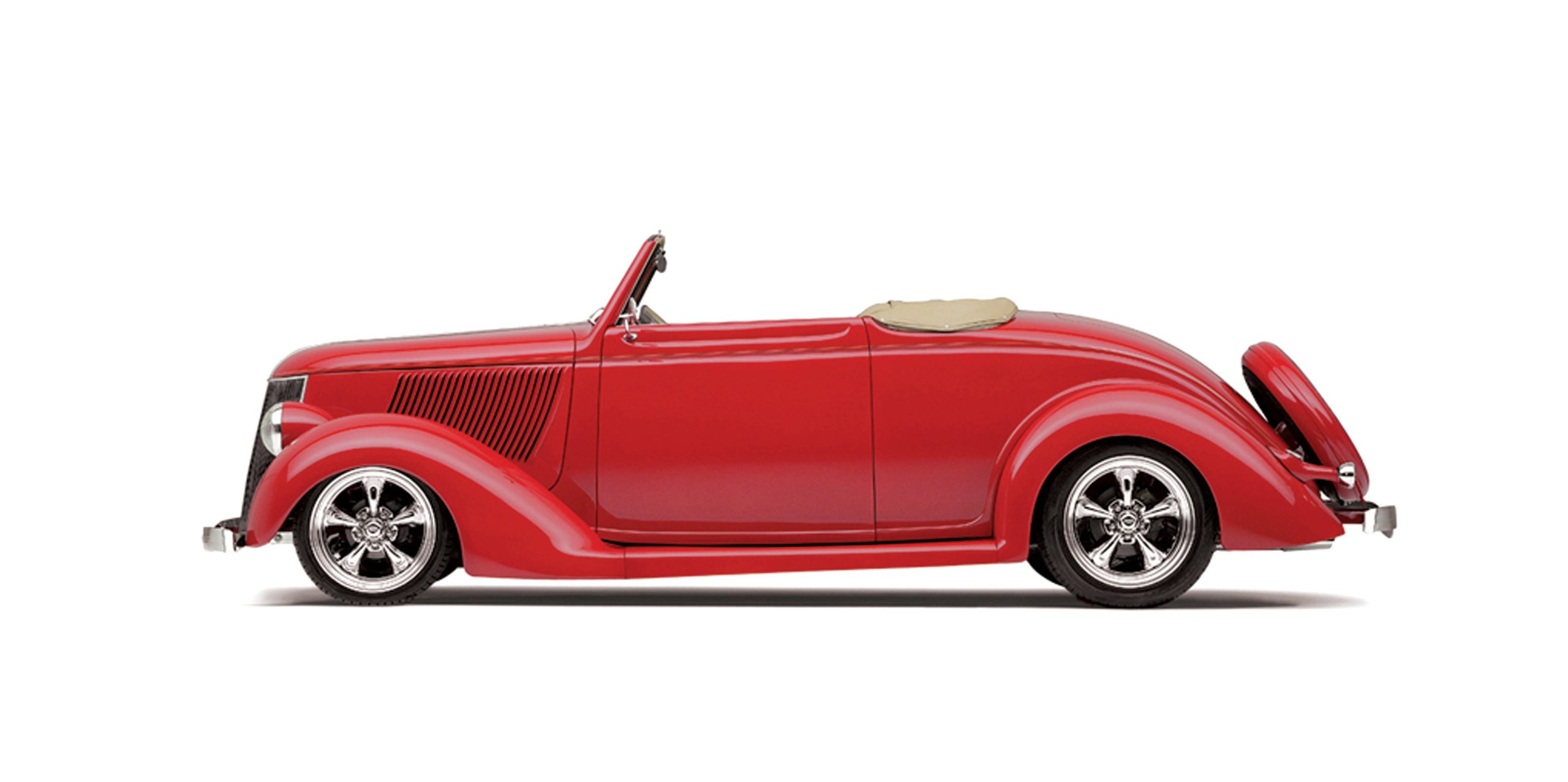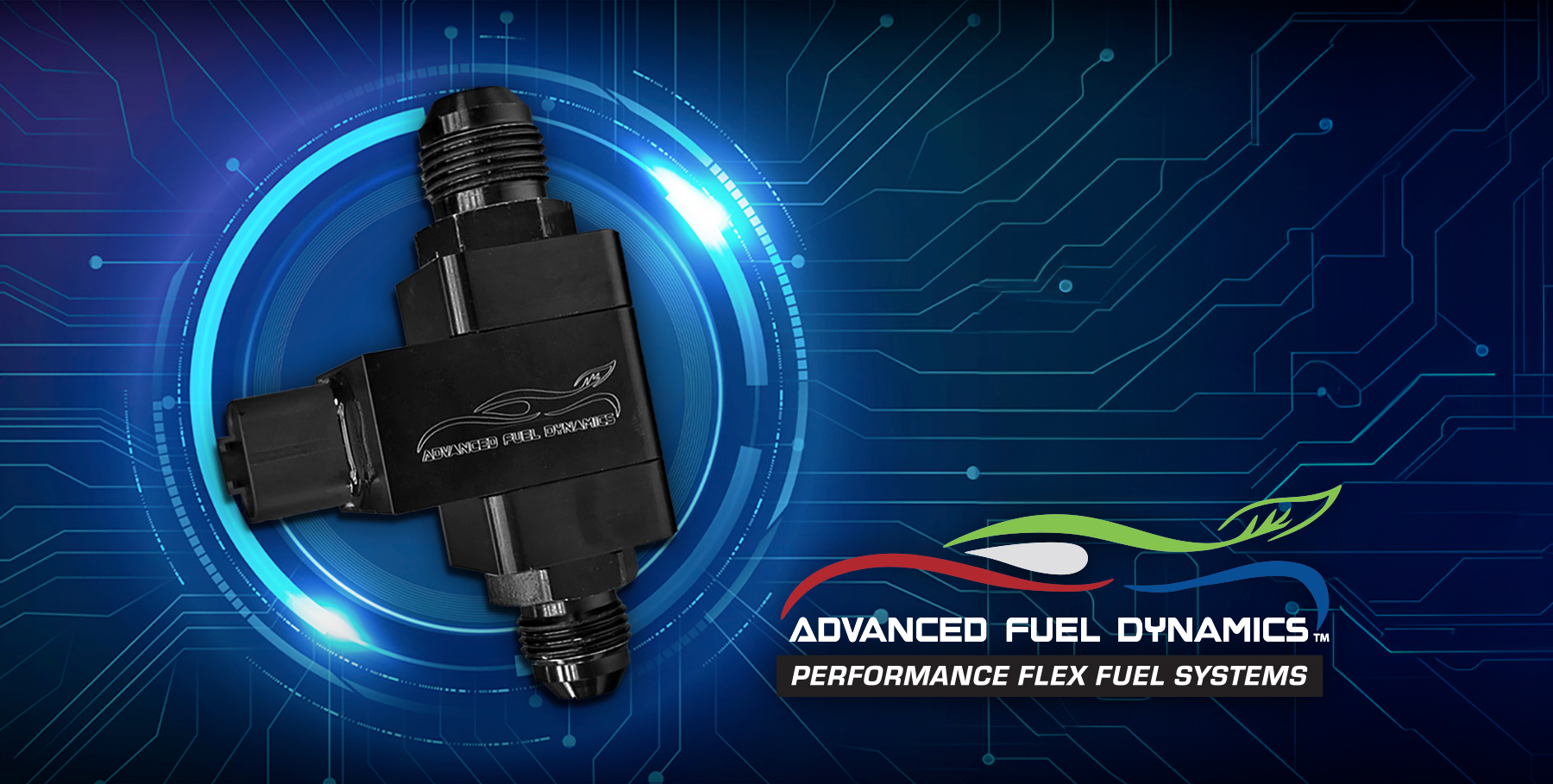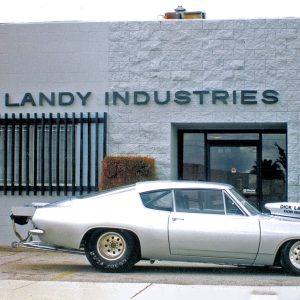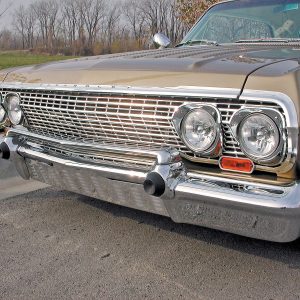Compact Cars

NASCAR. It’s the most popular televised form of racing, with millions of fans across the nation. In fact, some believe NASCAR’s Cup Series Racing is the most popular sport in America. For all the money expended in Formula 1 (something in the neighborhood of $300 million a year for each of the top teams), it doesn’t approach the excitement, immensity or competitiveness found in this most American of sports.

When building a high-performance vehicle or performing an LS engine swap, your transmission is just as critical as the engine. The 4L65E transmission from Gearstar offers the perfect balance of strength, reliability, and adaptability—custom-built to handle up to 650 horsepower and tailored to your exact specifications.

Jason Whitfield never intended to hot rod a station wagon. It just sort of happened. You see, he had this Mitsubishi Diamante wagon that Rage Performance and NuFormz used as a parts-getter. After a few runs, the guys decided that the car needed some better tunes. As the parts pickup runs got longer, they decided to add TVs. When a few extra parts were lying around—like a Turbonetics T04/T03 turbo and an intercooler—they just sort of made their way onto the car. The parts were already paid for, so why not use them?

Building an engine that produces more horsepower than its stock configuration can be done in many ways. However, supercharging has proven to be one of the best ways to make the most horsepower over stock. Superchargers are air pumps that force a “super” charge of air into an engine, which in turn allows the engine to make more power. A Roots supercharger or blower is a sealed case with two rotors inside. It is driven through the crankshaft by belts and pulleys, causing the spinning rotors to force compressed air into an engine.

Undoubtedly, the most significant and influential hot rod component in recent history is the American Racing five-spoke Torq-Thrust wheel. It has been the most-copied wheel ever, as American Racing continues to fight off design infringements. In its many legitimate variations, it has—in many ways—influenced the whole of the aftermarket automotive car culture. No single wheel has ever made such a significant impact on the customizing scene as the Torq-Thrust has.

Decades ago, Ford made the jump from four-speed manual transmissions to five-speeds. Newer Cobras even feature six-speeds, so it’s natural that those who own earlier Mustangs with four-speed manuals now feel a little gear envy. Many people love the feel of having a manual transmission, but if you’re still using a four-speed, you’re missing out on a lot of performance and economy potential. Adding a transmission with additional gears places your gears closer together for better acceleration and gives you more gears to choose from for easier cruising. But which transmission is right for your Mustang? You need one that’s strong, smooth and capable of bolting to your engine, and it’s not easy to find all three attributes in the same gearbox.

In the world of high-performance builds, attention to detail sets great cars apart from the rest. That’s why Factory Performance™ Parts, a division of PROFORM® Parts, has taken a fresh approach to a time-tested workhorse with the launch of the new Slant-Edge 100 Amp Alternators—a stylish, high-output evolution of the iconic GM 10SI. Designed for those who care as much about what’s under the hood as how it looks when the hood is up, the Slant-Edge delivers form and function in equal measure.

Advanced Fuel Dynamics is set to revolutionize the fuel sensor market with their new E-Sense high-flow performance-grade fuel content sensor. This sensor offers a competitively priced, top-tier alternative to the GM/Continental sensor, designed with cutting-edge technology to provide enhanced performance for high-flow fuel systems. It is an essential upgrade for enthusiasts and professionals alike.

We aren’t exactly sure what draws people toward these cars. Maybe it’s their clean body lines, or maybe it’s the fact that there have been so many built over the past decade or so that you just can’t escape their presence.

Whether you’re in the driver’s seat or looking underneath the hood, it’s the first place enthusiasts come to find out what a car is all about. After all, without the right engine package, everything we long for in our cars would be nothing more than static displays of creative artistry.












